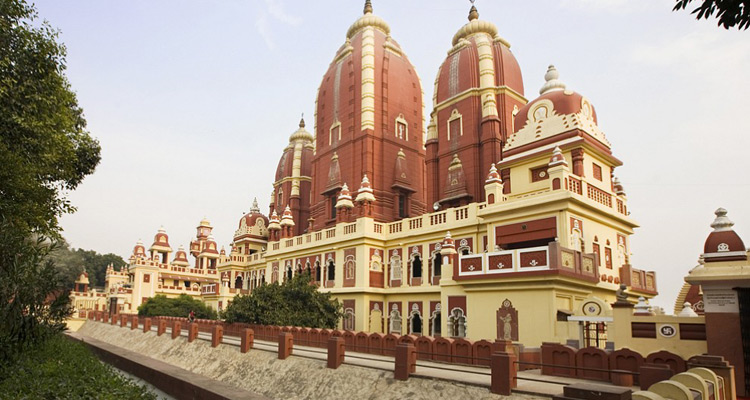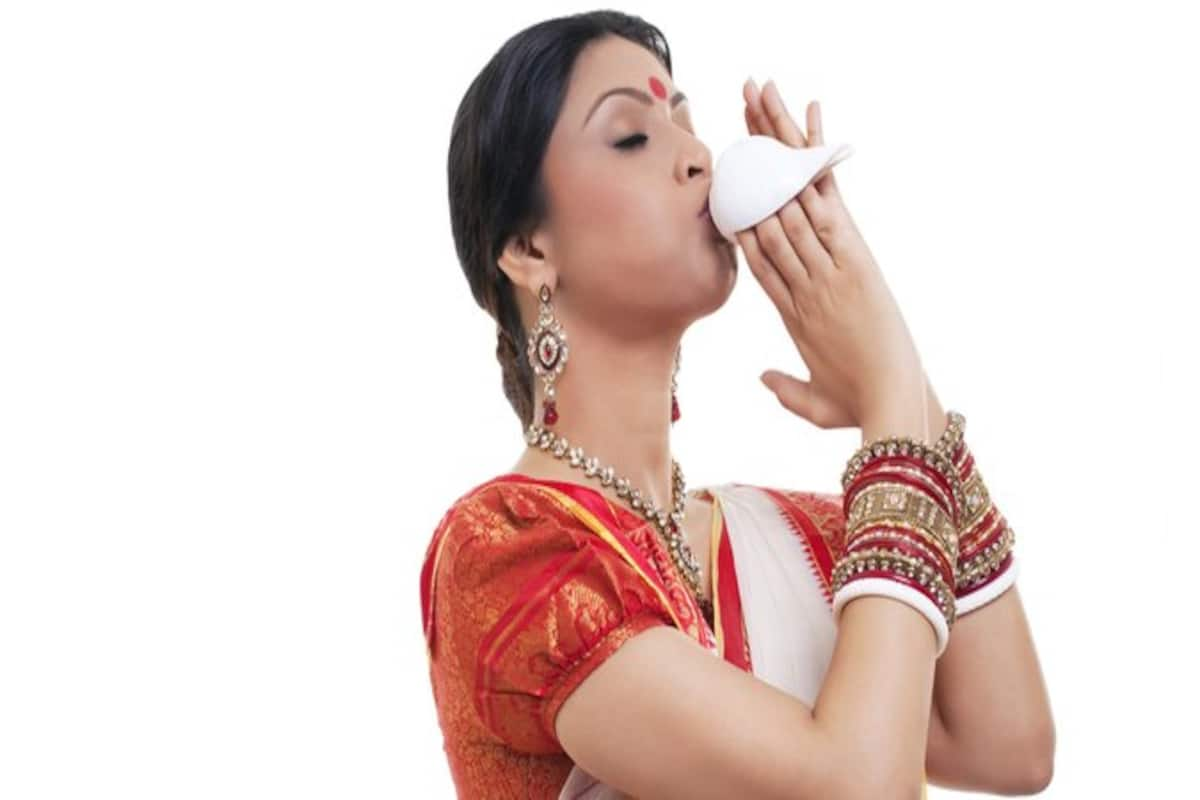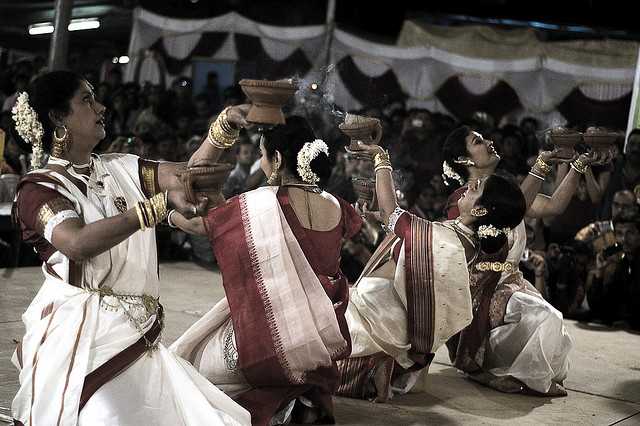If you have come here before reading "My Story 5", or would like to go back to it again, please click here.
In 1961, Pitaji was allotted a Government accommodation on the same Reading Road where my school was located, just next to the Kali Bari. My school became a walking distance - about 4-5 minutes' walk, it was adjacent to the well known Birla Mandir also known as Lakshmi Narayan Temple. There was just a wall between us. In fact, the ridge behind ur school merged withe the ridge behind the temple, without even a fence in between. Our house was a ground floor bungalow, attached one side with the next bungalow in a row. Our house was just at the end of the row of houses, we just had a high boundary wall on the other side. It was just at the foot of the Lovers' Lane (now renamed Mandir Lane) that descended from the Central Ridge.
Life in Harcourt Butler was cool and comfortable, I quickly had a group of friends - one of the best friends that I had was Dilip Bam, a Maharashtrian. His father was a very senior officer in the Railways and they were staying in a government flat in Moti Bagh. We were in touch with each other till recently - when he left this world quite abruptly. Another friend was Vijay Bhushan Dixit, who was a great singer, he was junior to me by a year - but we had both joined the NCC Air Wing and had become good chums. He used to stay in the Government Flats also very close to the school and we used to visit each other's homes quite regularly. He was a fantastic singer and had a very melodious voice. At the age of 14, the voice of boys is often still very feminine before it starts cracking and they become hoarse. This friend of mine got nicknamed "Lata" (Lata Mangeshkar) by Pushpa, who used to love listening to his singing, her favorite was 'o basanti pawan paagal' from Dis Desh Mein Ganga Behti Hai, for a very long time. Recently I met him and his wife at the Harcourt Butler annual meet. He still sings as melodiously. He gave a performance on the stage in the function.
 |
| Birla Mandir, New Delhi |
 |
| Harcourt Butler H S School |
In Butler (as it was generally referred to), I also joined the NCC Airwing and remained in it for two years. I learnt aeromodelling - it was an interesting and also expensive hobby. Being in the NCC - we did not have to buy the kits for making the models. They were supplied to us by the NCC. They were either solid wood planes or planes with only a skeleton wooden frame pasted with stretched kite paper sheets for the skin. The skin was made weatherproof and strong by applying a lacquer-like solution that was called DOPE. The structures and the skin of the model almost replicated the structures as they would be in the actual aircraft, except for the fact that aircraft structures mostly used magnesium alloys, whereas only balsa wood was used in the aero models, no metal was used. Balsa was very lightweight but not very strong. A crash would invariably badly damage the model, mostly breaking it into a few pieces. We had various types of models classified as Chuck Gliders, Tow Gliders, Control Line Models, and Free Flight Models. The latter two were powered by small propellor IC engines that were got from the India Hobby Centre in Connaught Place. The fuel used was a mixture of methanol and castor oil (for lubrication). The most common name in aero models and engines was Aurora. Some other lesser-known brands were also available. It was very interesting to note how the engines would have to be fitted to the delicate balsa wood frame. A hardwood cowl was generally used on which the engine would be screwed, the cowl would then be pasted on the airframe by strong adhesives. The gliders had a limited range and they would generally glide back to the ground aided by gravity. The free flight models were really interesting and often they could travel as far as 2-3 km with their tiny engines with the tiny fuel tanks. In order not to lose the model, often a couple of cadets would be chasing the model on ground, trying to keep it in their line of sight.
There were other categories of powered models also. One was powered by a rubber band that would have to be wound up and run propeller when released. These had a relatively short flight and the model would glide back to the ground after that. Another powered model was by a jet engine. A small jet engine without any rotating parts, were a little akin to the rockets that we use in Diwali - except that it was a reusable engine and it could be refilled by the dry fuel mix, would get powered when the fuse was lit.
Radio-controlled models had just made an entry too. Our school too managed to get one piece. There were only two controls, one for moving the stabilizers up or down (for UP or DOWN), the second for moving the rudder to in a sequence to the next of the three positions, viz., straight-right-left-straight-right-left-.... The controls were just actuators for giving a single pulse two tiny battery powered motors. If you are interested in knowing more about aeromodelling - just click here.
We had a very lovable incharge of NCC, First Officer WF Samson. All the boys (cadets) were very fond of him. We did not know what his initials stood for, so we called him WonderFul Samson.
By virtue of my aeromodelling interests, I was also promoted to the rank of Corporal in a year's time. I was also awarded a small silver shield on our school annual day by Pt. Jawahar Lal Nehru while he was the PM in the country. The photograph is no longer available but the shield is still with me.
First Officer Samson was also quite influential and he kept the standard of our NCC amongst the better organized and managed schools to get facilities and benefits for his boys - as he would refer to us. Not only did our school's aeromodelling flourish during that time, but he also managed to organize a trip to Bombay for us, during which we were given a ride on INS Vikrant to visit the famous Elephanta Caves. During the ride most of us got a chance to steer the ship, receiving and confirming the commands through the voice tube. It was quite an interesting and rewarding experience for me. Aye aye, Sir!
Until the Bombay trip, I used to only wear shorts. Before going to Bombay, I insisted on having some trousers and I got three new trousers, the trip duration was below 10 days. It was quite a memorable trip - mostly without adventures and bizarre events, yet it was an experience as I was without the umbrella of the family. Apart from the Elephanta Caves, we practically visited all the places in Bombay with their name.
I attended two NCC camps while in school. The camps were held in the month of December and it was the time when Delhi was coldest. That had an advantage, we would not sweat profusely in the parades and the PT and we could avoid taking a bath for the ten days of the camp. Each boy had to carry his own offwhite canvass kitbag that included all his stuff including an enamelware regulation mug and an enamelware plate. The mus was really versatile, starting with morning ablutions, drinking water or tea, for the gravy vegetable or daal in the meals. We were near about 90 cadets. The kitbags were loaded in a heap in the trucks and we clambered on to of the heap for our brief journey to the venue of the camp. In the first year, the camp was held at a site in the cantonment area. In the second year, it was held at Khanpur - which seemed far away from any civilization in 1961, the campsite was surrounded by agricultural fields. It was the same procedure - 10 boys in a tent. One of them would be designated the tent commander. In the second year camp, I was a Corporal, so I got the Tent Commander position with Manranjan Singh jointly, of Patel Nagar, who also held the Corporal's rank. The procedure was to clear the land of weeds, level it, pitch the three main masts and hammer the stakes firmly into the ground. Tie the tent securely to avoid it getting uprooted in a storm. Swab the interior with a mop to make it smooth. Tie the kerosene lantern to the center mast. Keep our holdalls in position, not opened yet. Dig a trench all around and a small mud wall about 2-3 inches high - this was to prevent crawlies as well as floodwaters from coming in case of rain. In our first camp, there was a moderate rate and most of the tents remained dry inside; but the Khanpur camp was a different story altogether. It rained almost continuously for eight days. Of the 10 tents of our school, 8 were flooded and most of the bedrolls became soggy. My tent was of the two that remained dry. We had to keep rebuilding the mud wall at any time the water would start entering any breach.
On the ninth day, there was no rain and the sun shone brightly. A parade call was given that day. After assembling for the parade, the boys started collapsing and falling like nine-pins. They were rushed to the MI room and it was discovered that most of them had been holding on without getting rid of their poop and had developed constipation or some issue. On the last day of the camp, we were given a chicken curry dinner. Just one measly tiny piece. After we had retired after dinner, there was a message from our Flight Seargent, Shashi Bhushan, summoning us to his tent. He was quite friendly with both Manoranjan and me. When we reached there, what we see? There were two bucket fulls of chicken curry, a couple of other boys, and all gorging on it. We also had our fill until we could eat no more. Of course, next morning saw long queues at the toilets.
As the rains washed out 7 days, the aeromodelling display as well as shooting range were canceled.
I finished my schooling in 1962 (Class 11 - Higher Secondary) and landed up with a good first division, almost 67%, which was considered very good. I was hoping for admission in BITS Pilani and was, in fact, assured by an insider. There's many a slip between the cup and lip. I realized that I had missed the bus - the admissions were over and I had nowhere to go. With Pitaji's personal influence he managed to get me to join B.Sc. (Hons) in Delhi College after the last date of entry, so that I do not end up as a vagabond and had a place to bide my time before going for engineering after a year. Being wiser I joined BIT Mesra, in the branch of my choice - IIT Delhi could only offer me the Textile Branch that did not look inviting to me at all.
Pitaji retired in 1962, soon after I finished my school final (Higher Secondary) and he headed to Calcutta, where he had secured a job with Amin Chand Pyare Lal.
Click here to continue to My Story 7 - Reading Road & Delhi University












